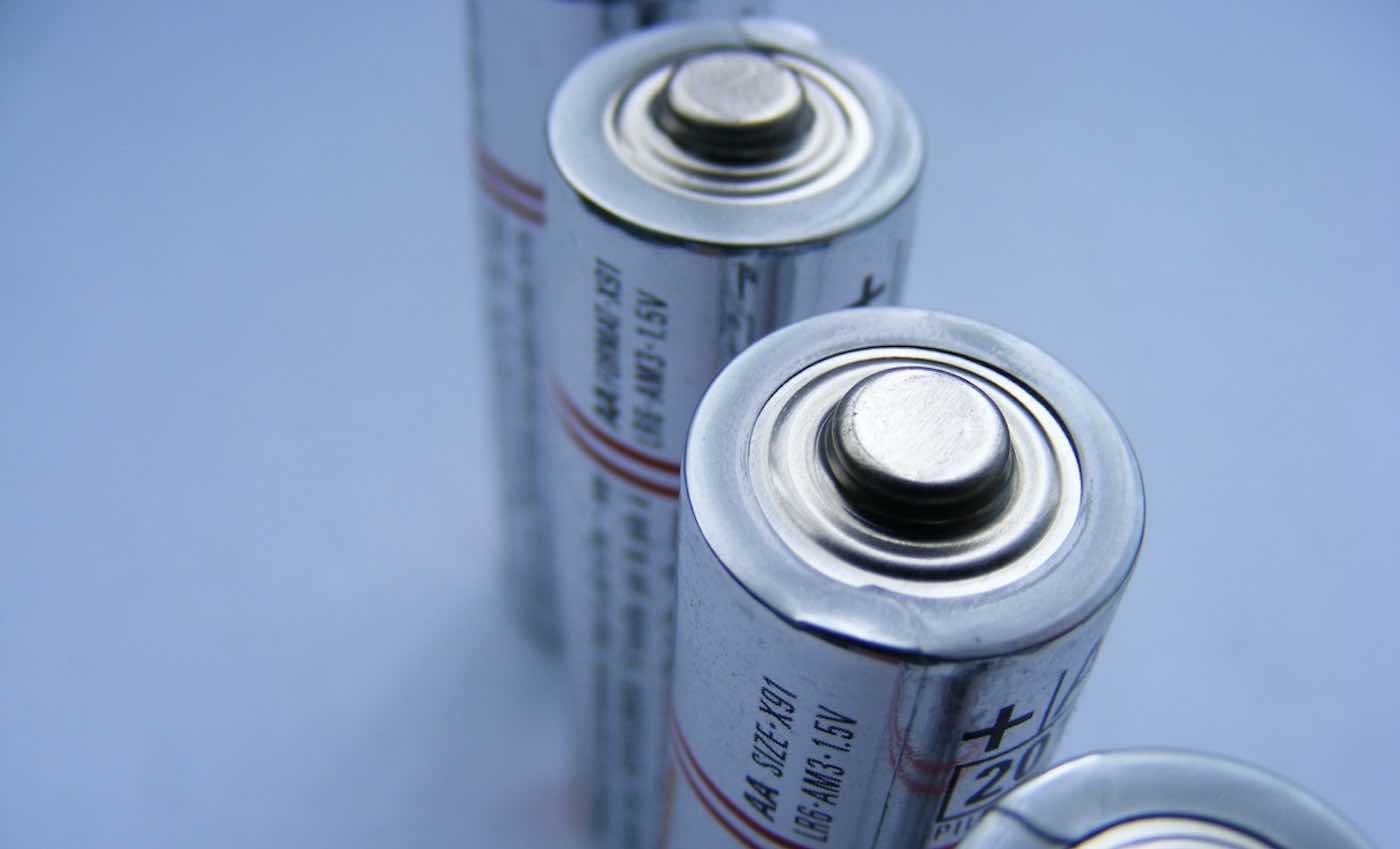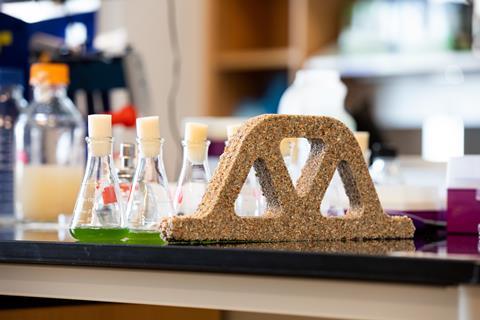Lithium-Carbon Dioxide Battery

Lithium-ion batteries have found their use in multiple domains. From electric vehicles to mobiles, laptops, and other handheld devices, all run on lithium-ion batteries, and what makes it so ubiquitous is its energy density and recharging frequency. Energy sciences is a domain that has thousands of people engaged to find the most suitable devices that have capabilities to meet ever-increasing energy needs.
Researchers at the University of Illinois (UIC), Chicago have tested a design of lithium-carbon dioxide battery prototype which can be recharged completely and run efficiently even after 500 consecutive cycles of charge-recharge process. But the story is not all about the number of recharging cycles, it’s about energy density- the amount of energy that can be stored in a compact shell and dissipated efficiently when in need. The energy density of this battery is seven times the current batteries in the market.
A typical battery used in electronic devices can have an energy density of about 256W.h/kg but this Lithium-Carbon Dioxide battery can theoretically achieve a whopping 1876 W.h/kg. This suggests that these batteries will be 7 times lighter while holding the amount of energy the same as traditional batteries. Electric airplanes can adopt Lithium-Carbon dioxide batteries while traditional batteries also prove to be good for electric cars and other electronic devices.
This project is already being researched by multiple institutes and laboratories, but what stopped them from reaching a final prototype was the decomposition of constituent ingredients of battery that hampered the charging-recharging process. In technical terms, when the battery discharges it produces Lithium Carbonate and carbon, recharging recycles lithium carbonate and carbon deposits over the catalyst, eventually damaging the battery.
A group of researchers from UIC used new materials in the experimental carbon dioxide in order to make recycling more efficient. Molybdenum Sulfide was engaged as cathode catalyst in a combination with a hybrid electrolyte which incorporates carbon in the cyclic process. The problem of carbon depositing on the catalyst is now solved using such combination of materials which form multi component composites.
In the world of science, computer modelling always plays a critical role in analysing results and reduce efforts to reach a solid solution. Modelling facility at ANL was used to derive the mechanism for reversible process of battery.
Though these finding are theoretical, commercial viability of lithium-carbon dioxide battery is not far away.
Living bricks that inhale carbon dioxide

What do you get when sand, bacteria, and sunlight are mixed together? A brick that self replicates and pulls CO2 out directly from the atmosphere. Synechococcus is a bacteria that uses photosynthesis to generate energy, rather than feeding on other living entities is combined with sand and gelatin, then placed in nutrient-rich water. Once photosynthesis is initiated, calcium carbonate, glucose, and oxygen are produced. Calcium carbonate is a compound that makes up nearly 4% of the earth’s crust and found as marble, limestone, and chalk. This compound is also an ingredient of cement and other building materials.
This research has the potential to replace the traditional, energy-intensive process that involves extracting raw materials like clay, limestone, and further process that require temperatures up to 1000°C. As a result, energy consumption and is responsible for about 7-8 % of global CO2 emissions.
Researchers around the world have been looking for lower energy and lower carbon building materials. Scientists at Massachusetts Institute of Technology (MIT) devised a new method for producing cement involving electrolytic reaction instead of using a furnace. German researchers, in 2010, developed a binding material for cement which is energy efficient and low in carbon emissions.

The team working with Synechococcus bacteria claims to have found a long-run solution. Sand and gelatin form a perfect combination of a rigid framework that supports the multiplication of bacteria. For the experimental purpose, the brick formed was cleaved into two parts and placed in a saline solution. After a span of a few days, the bacteria multiplied and eventually, the pieces grew into a single brick. These observations were groundbreaking but certain limitations stopped this material from entering the markets.
The bacteria could thrive only under conditions and moisture levels and the toughness of the material is questionable, the strength of the material being the most important aspect for any material to be used as a building component. A scientific journal wrote: “Compared with a similar material that contained no cyanobacteria, the living version was 15% tougher in terms of resisting fractures. But it fell short of the resilience of standard bricks or cement, performing more like low-strength cement or hardened mortar.”
Despite some drawbacks, this application being a fusion of biochemistry and biotechnology can find its application in remote places where resources, man force, and money are not easily available.
Besides these applications, Carbon dioxide has been a part of numerous researches and with this in view, the future world is predicted to be advanced in energy storage solutions.
Read the previous blog Carbon dioxide: Can a greenhouse gas meet energy need




[…] Read further about Lithium-Carbon dioxide battery and new innovations in here. […]
[…] Click here to read about how Carbon dioxide has now-a-days changed the perception of its “Green House Gas” […]
Nice article, hope to see this technology entering the commercial market soon!
There was also one research that produced oil which can be later processed as fuel. They were able to produce oil by using algae, it’s also an ongoing research!